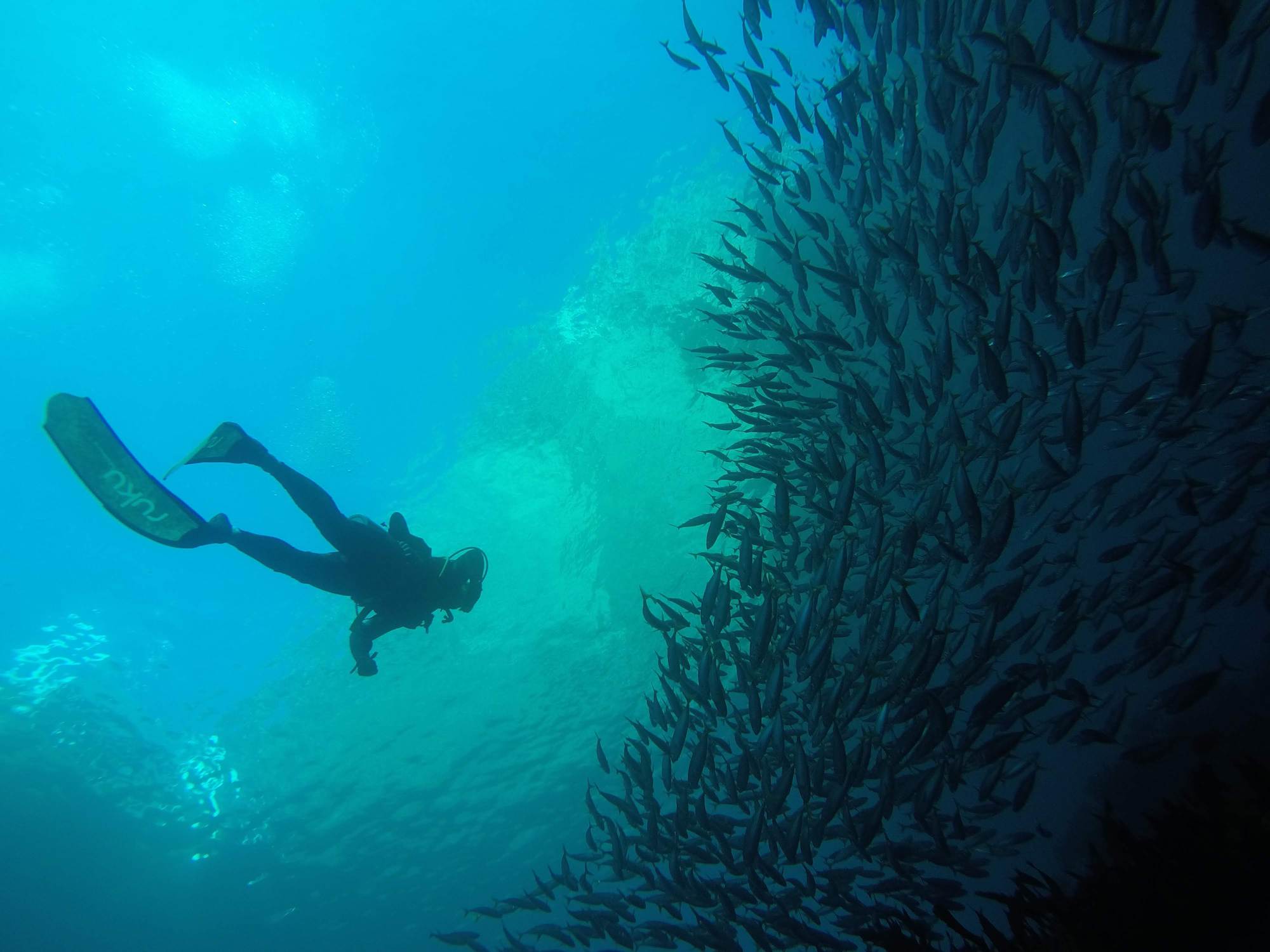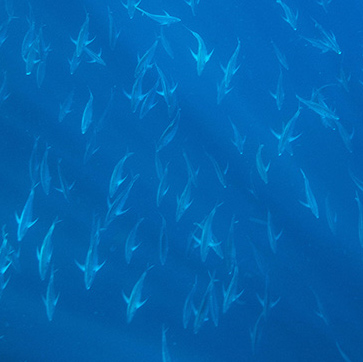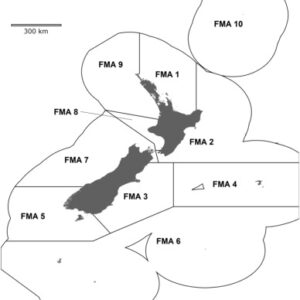B50 is precautionary management
Given the challenges of climate change, poor stock estimates and critical Court judgements, delivering on the promise of precautionary management means investing in a change to restore fish abundance, biodiversity, and ecosystem function. Having a management target of B50 is a start to achieving restored abundance for the benefit of all New Zealanders and future generations.
What is B50?
B50 is maintaining fish populations above 50% of their estimated unfished level, before fishing began to deplete the stock
B50 must be the minimum standard. Many important inshore finfish species are below or at 20% of the estimated, unfished population level. This means 80% or more of the natural biomass has been removed from marine waters, removing most large old fish and catching more young faster growing fish.
Why B50?
B50 fits within ecosystem based fisheries management (EBFM) strategies. That’s because at B50 the impacts of fishing on the age and structure of the fish population are minimised. Studies show that maximum social and economic benefits can be achieved if fish stocks are maintained above B50. That’s because more selective fishing techniques can be used to target the most desirable size and quantity of fish, reducing wastage.
Selective fishing leaves more fish in the water to grow and reproduce. These larger fish are more productive breeders and provide ecosystem services necessary to sustain the productivity of the ecosystem.
For example, large snapper and crayfish predate on kina. In some Northland waters kina barrens are prolific because there are not enough large predators to consume the kina. Juvenile snapper and crayfish cannot prey on kina therefore they have no control over the numbers of kina eating the kelp. This creates a kina barren, an area where kina are free to graze, stripping alga and other organisms from rocks and reefs, far from a thriving ecosystem.
Precautionary management is B50 – Snapper 8
In 2021 the snapper stock on the west coast of the North Island, Snapper 8, was estimated to be over the B50 level. Around B54. Managers reviewed the fishery and proposed the Minister for Oceans and Fisheries increase the Total Allowable Catch (TAC). Within that TAC was a proposed change to the Total Allowable Commercial Catch (TACC), an increase of 23, 50, 75 or 100 percent. The Minister settled on a 23 percent increase with a future review within 3 years.
That is precautionary management – acknowledging the increase in stock size, enabling a modest increase in catches, and reviewing the impacts of the decision while leaving more fish in the water to reproduce.
Australia is already moving to B60
Many of New Zealand’s fish stocks have a default management target of B40. Queensland is actively developing strategies to manage 13 of its important fisheries at or above B60. The Queensland Sustainable Fisheries Strategy: 2017-2027 sets out management actions to achieve ecological, economic and/or social objectives for each fishery. The harvest strategies also include rules that specify actions if stocks fall below the trigger level of B40 or the B20 biomass limit.
References
Minimizing the impact of fishing. Rainer Froese, Henning Winker, Didier Gascuel, U Rashid Sumaila & Daniel Pauly. Fish and Fisheries. 2016.
https://onlinelibrary.wiley.com/doi/10.1111/faf.12146
Changes to fisheries sustainability measures for the 2021 October Round. Hon. David Parker. Minister for Oceans and Fisheries. 24 September 2021.
https://www.mpi.govt.nz/dmsdocument/47620-The-Decision-letter-Minister-for-Oceans-and-Fisheries
Queensland Sustainable Fisheries Strategy: 2017-2027. Queensland Government. Department of Agriculture and Fisheries.
https://www.publications.qld.gov.au/dataset/queensland-sustainable-fisheries-strategy
Definition of consultation
The common law definition of consultation established in the High Court decision of Air New Zealand Ltd v Wellington Airport Ltd HC Wellington, CP 403/91, 6 January 1992. See also Regulations Review Committee “Complaints Relating to the Accident Rehabilitation and Compensation Insurance (Social Rehabilitation) Regulations 1992”, above n 287, at 12; Regulations Review Committee “Investigation into the Biosecurity (Rabbit Calicivirus) Regulations 1997”, above n 188, at 13; and Regulations Review Committee “Complaints Regarding Three Notices Issued by the Plumbers, Gasfitters and Drainlayers Board on March 2010 and the Plumbers, Gasfitters and Drainlayers Board (Fees) Notice 2010” (15 February 2011) at 15.



